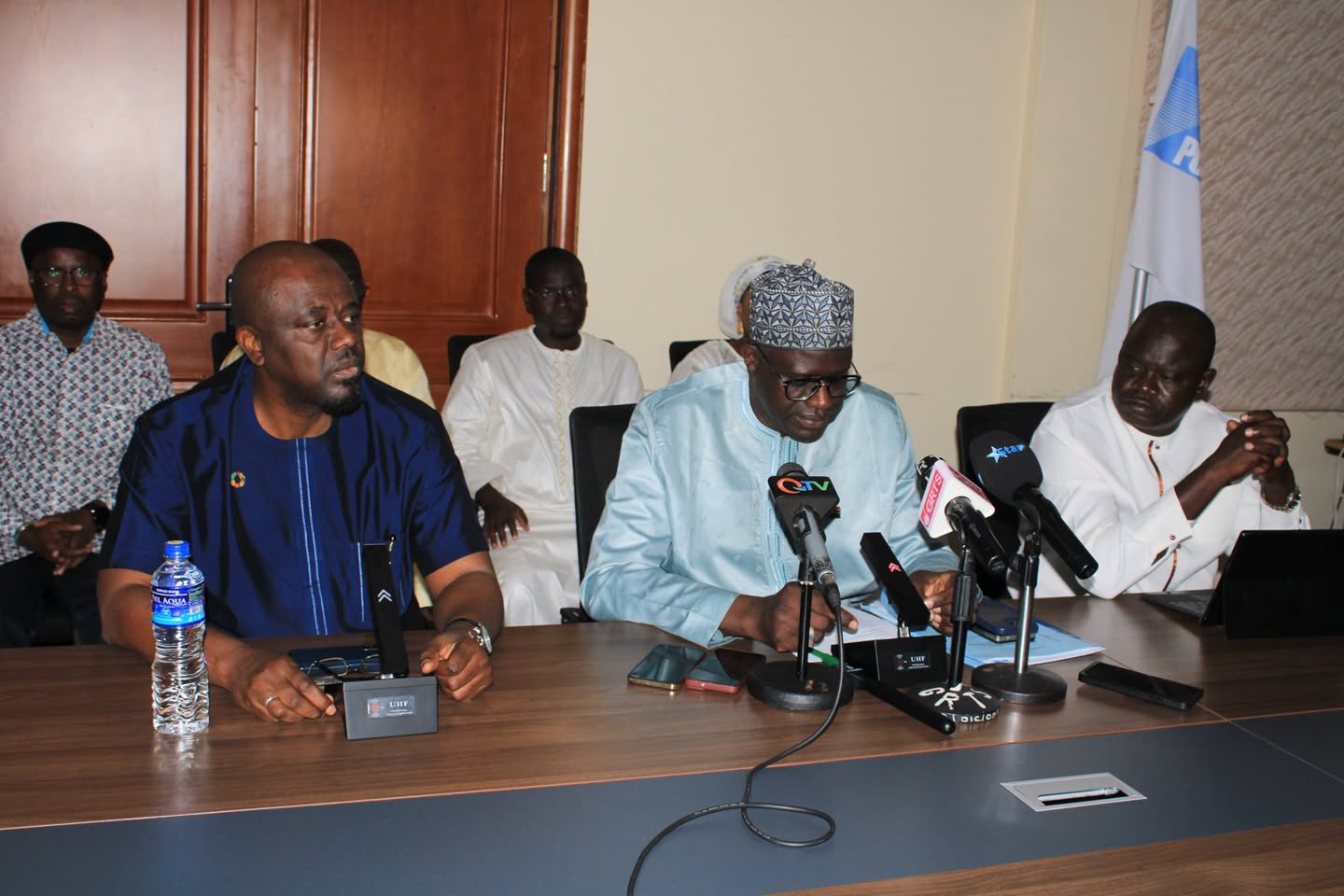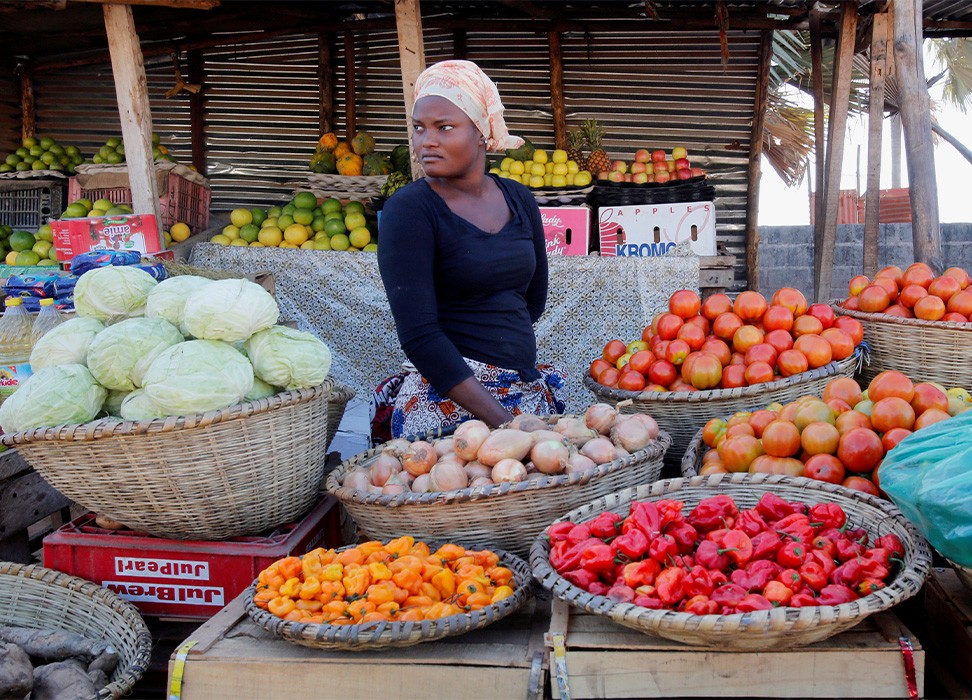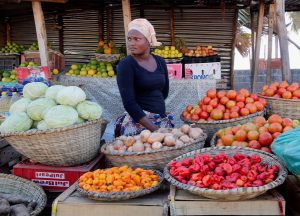With 80 kilometers of coastline and beaches fringed with palm trees and giant baobabs, a mild population, and good-quality hotels, The Gambia has become a seaside destination for those who want to spend their winter for twenty years. But not only that.
Because little Gambia develops for three hundred kilometers around the river of the same name – wedged in Senegal, which closes it to the north, east, and south – it is an open book on the history of slavery and European colonization of West Africa.

It reveals African nature with photo safaris and excursions in parks and reserves, trekking between savannah and forests, and sailing up the river in a pirogue through mangrove forests populated by 600 species of birds. And it is the Africa of tradition with crowded markets of fabrics, spices, and exotic fruits, tribal dances, rites, and shamans.
Banjul, the capital, is located at the mouth of the Gambia River. An 8 km wide mouth with a deep bend through which the Atlantic penetrates 150 km inland, modifying the habitat with marshy banks, muddy plateaus, mangrove forests, fish fauna, and sea birds. From here in 1661, English ships entered and with cannon fire imposed the supremacy of London on 30 km of land around a river already explored by the Portuguese (installed in nearby Bissau) and risked passing to the French who controlled neighboring Senegal.
The mouth of the river is the center of fishing, the main resource after tourism, and the source of the ingredients for many dishes of the tasty local gastronomy.
In Banjul, you can find Africa of strong colors and smells at the Albert Market. You have to go there in the morning when it is busiest and among the stalls of fish, fruit, spices, fabrics, and knick-knacks, you come across hundreds of women with turbans and bright dresses.
They are sewn by the group of tailors who work in the market and call out to the toubab, the Europeans, offering them to make shirts, dresses, and skirts with colorful African fabrics in a few hours. In the city, you shouldn’t miss the National Museum with jewelry, tribal objects, African instruments, and black and white photos from the colonial period.

The village of Jufureh, on the north bank in the bend of the river, became famous in the seventies when the African-American writer Alex Haley set the bestseller Roots there: it tells of the capture and deportation into slavery of his ancestor Kunta Kinte.
A name stolen by the author from the fortress island, the former James Island, where the English concentrated slaves before loading them onto ships for portals to America. One of the many forts built by the British along the Gambia for the slave trade. The island of Kunta Kinte is a UNESCO heritage site. While the Jufureh museum illustrates the history of slavery in The Gambia with maps, letters, paintings, whips, and chains.
South of Banjul are Bakau, Fajara, Kotu, and Kololi: the long beaches that attract tourists, equipped for beach volleyball, sailing, surfing, windsurfing, galloping on the shoreline, and fishing trips. In Kololi, the southernmost, you can go on mini-treks on the paths of the small Bijolo Forest Park populated with monkeys and birds. At Bakau, the northernmost beach, you can stroll through the colonial-era botanical garden among plants, flowers, and tropical birds.

And in the tanks of the Kachikali Crocodile Pool, you can see the enormous reptiles. In all locations, we visit the nearby villages to finance schools, discover the life of rural families, and go shopping at craft markets with batik, clothes, fabrics, sculptures, and wooden objects, straw, naive canvases, and costume jewelry.
Non-tourist restaurants in Banjul and Serekunda, the most populous city and logistics center, serve chicken yassa (stew with onion), domoda (chicken, beef, or fish in tomato, pumpkin, lemon, and peanut butter sauce), benachin (rice with cumin, ginger, and nutmeg, served with fish and vegetables), and superkanja (okra soup). Dishes are accompanied by boiled rice and a chili sauce. You can learn to cook local recipes at Ida Cham Nja’s cooking school: in the morning, you choose the products at the market, then at the cook’s house, you cook the dishes together and eat them in the company of your family.
In the dry season (November-May), excursions to the parks depart. The easiest is the Makasutu eco-cultural safari in the forest of the same name near Banjul, where you go canoeing among the mangroves, spotting hundreds of varieties of resident and migratory birds, pygmy deer, baboons, and two other species of monkeys. You can consult a local fortune teller and watch African dance performances while a lunch of local recipes is served.
At the mouth of the river, near Banjul, there is the Tambi Wetland ornithological reserve, two-thirds of which is covered with forest: gulls, terns, herons, egrets, ibises, sandpipers, marine terns, and marsh birds can be spotted there.
The excursion in Kiang West National Park is more challenging, 145 km inland, a protected area with mangroves, mudflats, savannah, bushland, and a twenty-meter-high escarpment. Here you can spot the warthog, warthog (small antelope), baboon, colobus monkey, mongoose, roan (an antelope with an equine appearance), and 300 varieties of birds.
With a bit of luck, you can see dolphins, manatees, and crocodiles in the river: sea and freshwater animals because Kiang West is at the limit of the Atlantic rising into the estuary. The lion can only be seen in the Abuko Nature Reserve, a center for the protection of fauna where you can also meet hyenas, warblers, porcupines, coelalophs (gazelles), crocodiles, and monkeys. Kiang West and Abuko can be visited in one day.
The hippo safari is longer, lasting two days, going up the river by boat past Georgetown: you can see the dozing pachyderms half-buried in the muddy waters. Along the river, we visit the archaeological site of Wassu: 40 circles made up of 10 to 24 stones, 1 to 3 meters high, built between 400 and 1000 AD for still unknown purposes.
In the seaside resorts, you can choose between Italian, Indian, Lebanese, Thai, Chinese, and Mexican restaurants. And at night, you can go dancing in Kololi, the hub of nightlife with bars, restaurants, discos, nightclubs, and a casino. We are in the home of the drum with wild dancing and too-easy-to-be-true flirtations.










